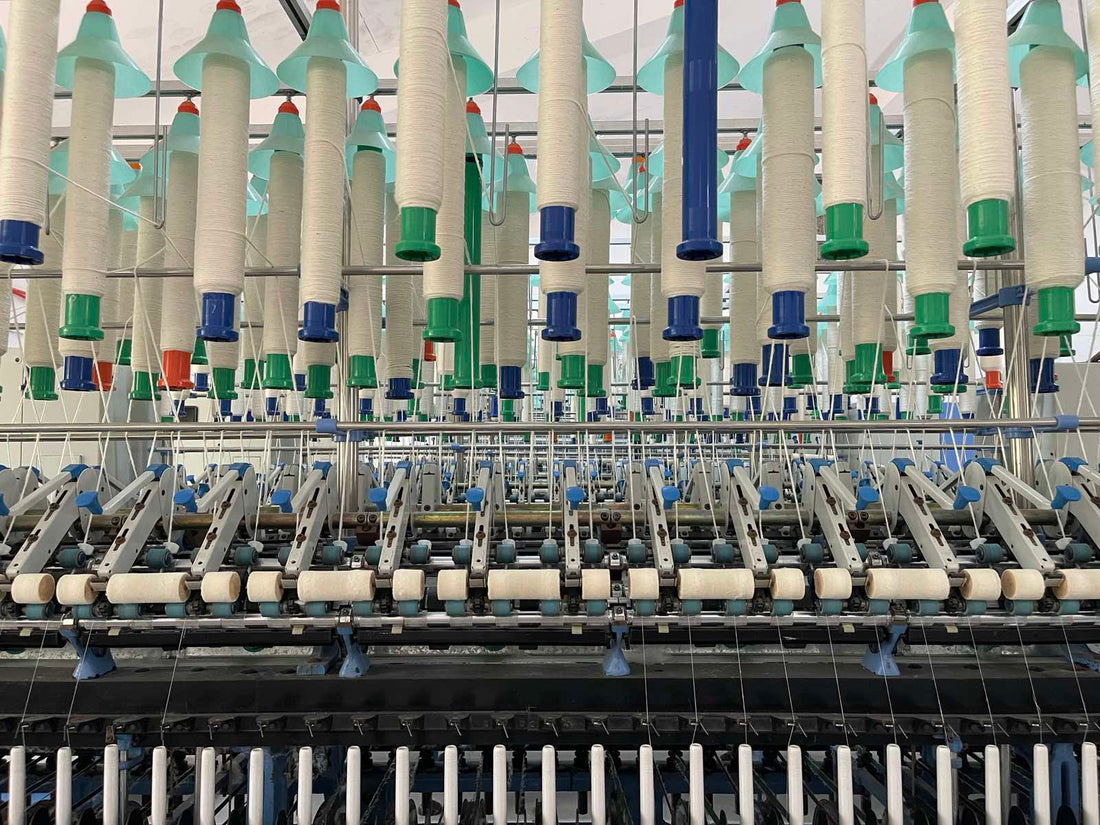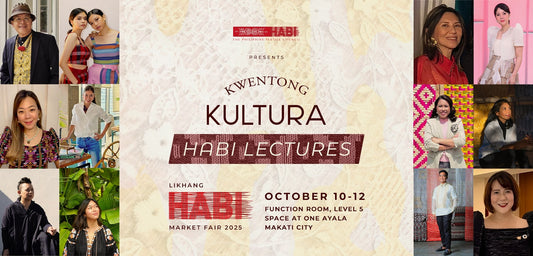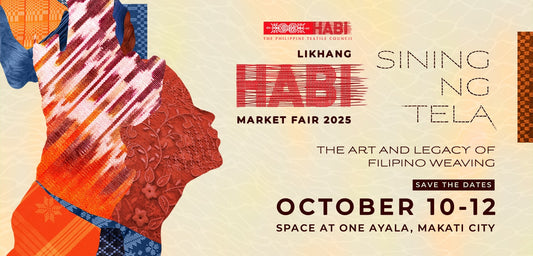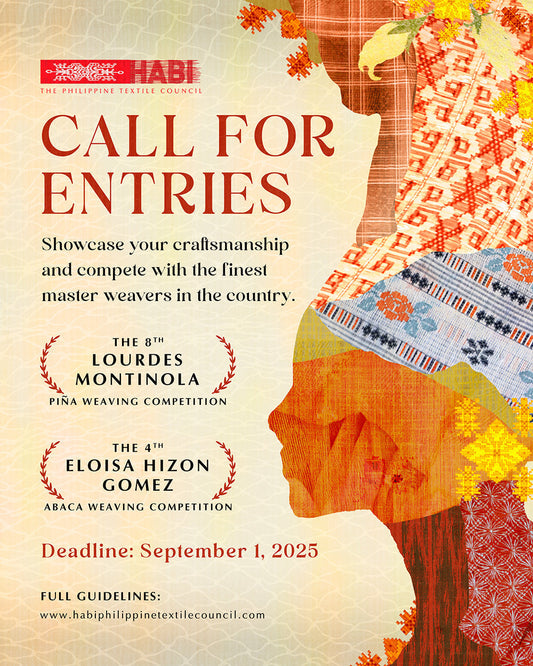Iloilo was a blast! President Mia Villanueva, along with HABI members Myda Prieto and Wilma Huang, checked the spinning facilities in ISATU (Iloilo Science and Technology University) from April 18 to 20, 2024. The first stop was at WUHTLE (Women United Through Handcrafted Lace and Embroidery).

HABI is working to preserve and promote the art of bobbin lace making and fine embroidery of this group. Their artistry and skill in weaving is unparalleled. It's amazing to see how they are keeping this rich tradition alive!

There are around 28 women who are already second generation (not the original group trained by the Belgian nuns).

The group is headed by Suzette Villain, who was trained by some nuns and has become the main instructor, and their workshop is housed by the Western Visayas Sanitarium.

Our next stop was the impressive Sta. Barbara Museum and Church, which showcases a collection of Panay Bukidnon and exquisite piña pieces. We’re pleased to say that Irene Magallon, the museum's director, was incredibly helpful throughout our visit.

Then, we visited the textile exhibition at UP Visayas Museum of Art and Cultural Heritage and we were lucky to have been toured by Randy Madrid. This museum is a definite MUST-SEE!

The textile exhibit houses wonderful pieces of hablon from Panay Bukidnon, camisas, ternos, barongs, lace, etc. There are also other exhibits including exhibits on Joya, ceramics and printing.


On our second day, we went to Miagao Tourism Center where we were greeted and hosted by the Tourism Office of Miagao under Mary Diane Flordeliza. Their group escorted us through all the weaving center visits.

We met with Dr. Emmanuel, the administrator of ISATU and we toured the Regional Yarn Production and Innovation Center (RYPIC) to understand the complete spinning process. They produce Cotton/Cotton Abaca/Cotton Pina threads.




For our third stop, we went to Baraclayan Weavers Association, headed by Marlou Niones (also the Barangay Captain). This is one of the newer weaving centers that is an offshoot of the original Indag-An Groups.

There are around 24 weavers that seem quite young and they are housed in a brand new facility. Currently, they are using Cotton-Pina and Cotton-Abaca threads but still mixed with Polyester for the final product.


Their main request is to have colored thread since all the cotton and cotton blends are plain white.

Then, we revisited the Pangabuhian Weaving Center and Atijon Weaving Center.

When we arrived, Connie Atijon is busy with making the sablay, and the others are making Hablon.

They mentioned that they are still waiting for cotton and colored cotton threads. We discussed suggested colors, designs, patterns that may work for the Manila market and we also encouraged them to come up with textiles to buy by the meter. Hopefully, Miagao can be represented as one group with the help of the LGU and the Tourism Office.

For our last stop, we went to meet the Panay Bukidnon representative, Rowena Caballero, from the Indigenous People of Calinog. She is an embroiderer and a daughter of a GAMABA awardee, Federico Caballero who is known for his work on preserving the 10 Panay Bukidnon Epics or the Sugidanon Epics of Panay. The visit was coordinated by Irene of the Sta. Barbara Museum.

Miagao in Iloilo is a paradise for weaving enthusiasts. It boasts one of the largest number of active weaving groups in the area, making it an ideal destination for those who wish to immerse themselves in the art of weaving. From traditional handloom weaving to modern techniques, Miagao offers a diverse range of weaving styles and products that showcase the rich cultural heritage of the region. A visit to Miagao is not only an opportunity to witness the intricate process of weaving, but also a chance to support the local weaving industry and support their unique and exquisite handwoven textiles.
There’s much to explore and savor in Iloilo! After this exploratory trip, a HABI tour is being planned for members. Would you be interested in joining?




